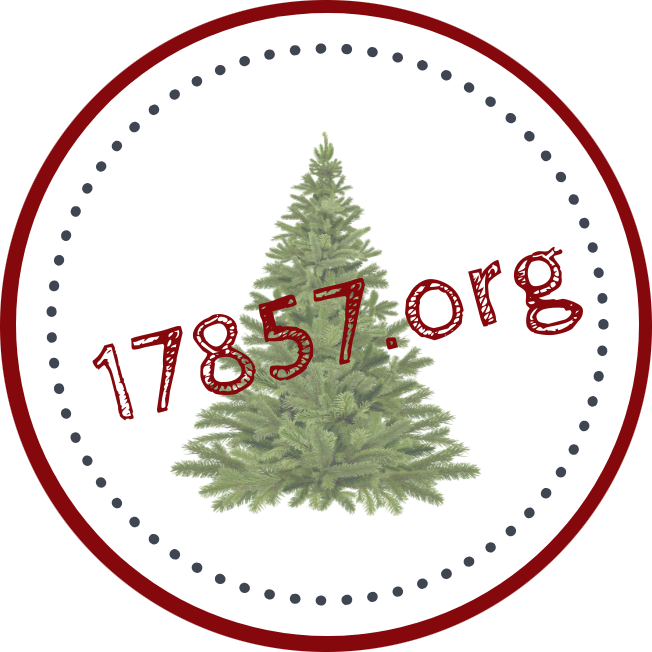The borough of Northumberland (not to be confused with the county of Northumberland) was founded in 1772. The borough’s location near the confluence of the north and west branches of the Susquehanna River influenced its development from the days of Native Americans and pioneers to its evolution into a transportation and industrial center. The appealing architecture of Northumberland’s historic homes and buildings and its traditional English layout enhanced by attractive green space and parks make it a quaint and peaceful place to visit.
Robert Martin first settled in the area that became Northumberland in 1767, where he established a tavern to serve travelers. William Penn’s sons, Thomas and Richard Penn, transferred four tracts of land “Sarah’s Delight,” “Essex,” “Nottingham” and “Townside,” which totaled 1,659 acres to John Lowdon and William Patterson who laid out the town in August of 1772.
An enterprising Reuben Haines, a wealthy brewer, iron works owner and land developer from Philadelphia, purchased the town site about 1775 and sold lots in Northumberland, which later incorporated as a borough in 1828. Northumberland County established its first post office in Northumberland in 1795.
The hub of the Pennsylvania Canal and a major Pennsylvania Railroad center, Northumberland boomed with the activity of successful agricultural and industrial operations and grew rapidly during the 19th and 20th centuries. Various religious denominations built houses of worship in Northumberland; some have congregational history dating back to the late 1780s.
Northumberland’s residents have always had a strong sense of community and developed volunteer fire departments, recreation areas and a public library, and continue to serve Northumberland through various fraternal and civic organizations.
Click below to download the “Every Town a Treasure: Northumberland” Brochure
*Text and brochure from visitcentralpa.org

